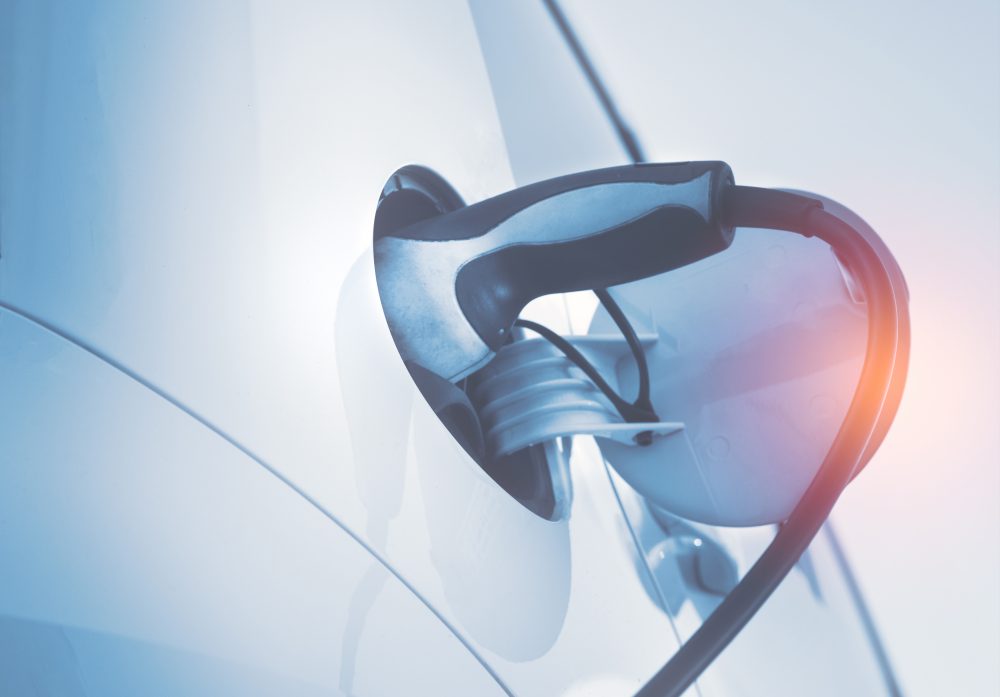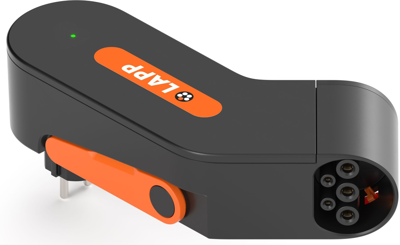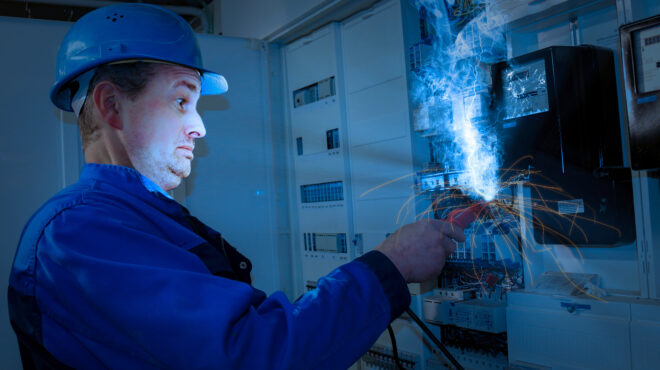
The Technology behind Electromobility
Charging station instead of petrol station: Many motorists believe that it is high time to switch – from an internal combustion engine to a hybrid or electric drive. And more and more manufacturers are relying on electricity to reduce emissions from new models. But what exactly is electromobility, and what charging technology is behind it? You can find out this and many details about battery-powered vehicles now!
Table of contents
What is electromobility?
In general, electric mobility describes the benefits of electric vehicles. It is a highly networked industry dedicated to the sustainable fulfilment of mobility needs. The focus is on vehicles with energy storage and electric drive, although the degree of electrification can vary. However, the term electromobility is often used for programmes that promote the use of electric vehicles.
Do you know the term traffic turnaround? It refers to a process aimed at a sustainable and climate-friendly transport system based on renewable energies. Electromobility, including eMobility, is a key component of this development.
Components of an electric vehicle
As the saying goes: it depends on the inner values! Even if an electric vehicle is not too different from models with internal combustion engines on the outside, there are considerable differences inside. But what exactly distinguishes the technology of battery-electric vehicles (BEV= Battery Electric Vehicles) andsemi-electrified cars (hybrids) with reduced pollutan emissions?
The essential components for the electric drive are:
- E-motor, combined with gearbox
- Inverter for motor control
- DC transformer for supplying V12 – components
- Vehicle battery (lithium-ion battery)
- Charger for the vehicle battery, also called on-board charger
On-board charger technology in electric vehicles
The vehicle’s on-board network connects the individual electrical components that perform different tasks in the drive. But how does the charging work? The technology is based on power-powered chargers: The power supply is provided by the alternating voltage of wall boxes or charging stations, which means that the battery of the parked vehicle is electrically charged.
All available on-board chargers specialize in battery charging and are optimized. A compact design, low losses and low weight characterize the switching power supplies. Currently, on-board chargers are on the market in four power classes with an output charging power of 3.5 kW, 7 kW, 11 kW or 22 kW.
Charging stations for electric vehicles
Electricity filling station, charging stationstation, or charging point: There are different names for the charging station specially designed for electric vehicles. As a rule, this is reminiscent of a classic fuel pump. E-charging stations can be public or non-public, chargeable or free of charge. So much for the obvious, but what’swhat is in it?
Charging stations for e-vehicles have a power outlet. At this, the car battery can be charged via cable connection and charger. The charging is wired, which is why we also talk about the conductive charging system according to DIN EN61851-1. Within the EU, the Type 2 connector is mandatory as a standard charging connector for AC and three-phase connections. The so-called Combined Charging System (CCS) enables fast charging with direct current throughout Europe.
By the way: Electric vehicle manufacturer Tesla has its own charging stations with the Supercharger system.
About connection types, charging modes and charging times
In accordance with the IEC 61851-1, there are three ways to connect the charging station and the vehicle. The cable is …
- conneccted to the vehicle.
- plugged at both end.
- connected to the charging station.
In addition, a distinction is made between four charging modes:
- “normal” cable with corresponding plugs
- Cables with signalling devices (resistance codings) that provide the vehicle’s charging electronics with the power limit of the charging station
- Charging column and vehicle communicate via the charging cable.
- DC charging method, whereby communication between vehicle and charging station electronics also takes place
The AC charge via the on-board charger takes six to eight hours. The DC charging (DC charge) on special charging stations takes only about 40 minutes.
E-Mobility Solutions from Bürklin Elektronik
Bürklin is a partner of several well-known manufacturers in the field of electromobility. Choose from a wide range of electronic components – according to European quality standards and with AEC-Q200 qualification!
In the Bürklin online shop you will find components for a wide range of e-mobility solutions:
- Inductors and chokes of all kinds
- Automotive and TVS diodes
- Onboard power system control units
- Electric Vehicle On-Board Charger
- Battery management system
- Battery disconnect unit
- Driver Assistance Systems
- and much more
Our partners at a glance:
Excursus: On the concept of inductance
The term inductance is used to group electrical and electronic components – such as coils, chokes or transformers. All these components have a fixed or adjustable inductance value, which is determined by the number of wire coils and the core material of the coil. Inductors are used in signal processing, but also in the energy supply of electrical and electronic devices.




